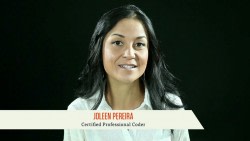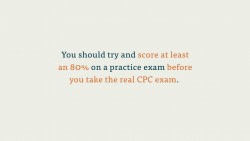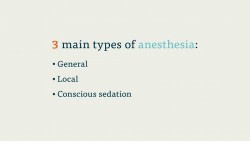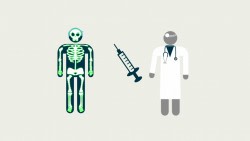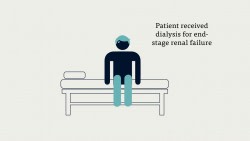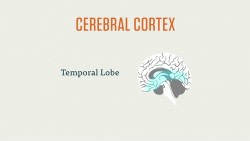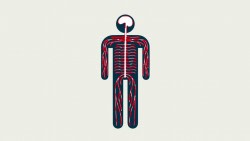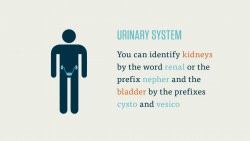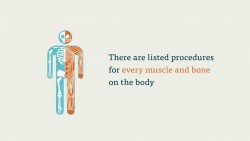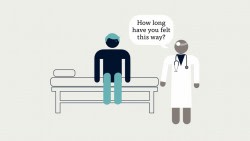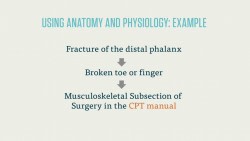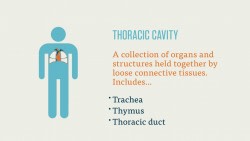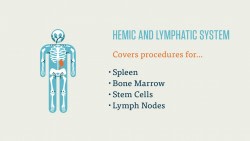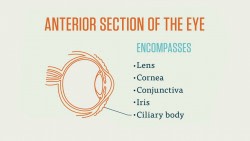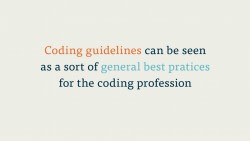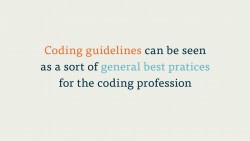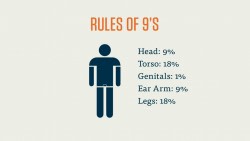Radiology is one six sections of Category I of the Current Procedural Terminology (CPT) manual. Radiology contains codes for x-rays, MRIs, diagnostic ultrasounds, nuclear medicine and radiation oncology, among several other procedures.
Radiology is the fourth section of the CPT manual, and occupes tie 70010 – 79999 numerical range of codes.
On the CPC exam, you will probably see around ten questions on Radiology. (Note that this number is approximate, as the AAPC has not published how many types of questions are on the CPC exam since 2004).
Let’s look at the makeup of the Radiology section.
These fields and ranges can be informally arranged into four groups. Those groups are: Diagnostic, Ultrasound, Radiation Oncology, and Nuclear Medicine. Bear in mind that these are not official groupings laid out by the AAPC or by the AMA. They’re just there to help you visual the section.
Recommended Online Programs
Diagnostic is by far the largest, and covers everything not listed in the Diagnostic Ultrasound (76506 – 76999), Radiation Oncology (77261 – 77999), and Nuclear Medicine (78000 – 79999) ranges.
For Diagnostic Radiology, we need to know the procedure codes for x-rays, computer tomography (CT) scans, and Magnetic Resonance Imagery (MRI). Diagnostic also covers mammograms, and studies of bones and joints.
You’ll also need to know about contrast materials. Contrast materials are substances used to enhance the contrast of images taken with x-rays, MRIs, and ultrasounds. These materials, like barium or iodine, help make certain elements of the body show up more starkly in the radiological exam. Some contrast materials may be injected, while others are swallowed or delivered by enema.
This can become complicated, because many procedure codes in Radiology mention procedures with or without contrast. In cases where a patient drinks or receives the contrast medium via enema, do not code with contrast. If the contrast medium is injected into the patient, you should code with contrast. Think of it in terms of the skill of administration. A doctor does not need to do anything special to have a patient drink barium. A doctor does need to use some skill to inject the contrast medium into the patient.
Ultrasound radiology is fairly straightforward. In ultrasound, sound waves are used to create images of the body. Coders should watch out for the different levels of procedure codes when it comes to ultrasounds of a pregnant uterus. There are different codes based on what trimester the patient is in.
Radiation Oncology involves using radiation to attack or corral cancer cells in a patient. Some procedure codes measure radiation oncology in units (called “fractions”) of treatments: so many units of treatment in a month, for example.
In nuclear medicine, you should be looking out for key terms that describe a “scan.” A lot of nuclear medicine is diagnostic in nature, but the type of equipment (and material used in the equipment) is expensive enough to differentiate it from the general Diagnostic Radiology.
The other part of nuclear medicine is the introduction of radioactive material as therapeutic material. These codes are listed by the way the material is introduced to the body.
For questions on Radiology, you want to make sure you know the planes and views of the body. Think about it: when a doctor prescribes an x-ray or CT scan, they need to look from specific angles, or possibly from multiple angles. Knowing where the, say, palmar side of the hand is, as opposed to the dorsal side, is very important.
You should find a number of diagrams for views of the body in the front of the CPT manual. Be sure to make some note of where these diagrams are so you can refresh yourself during the test, if need be.

